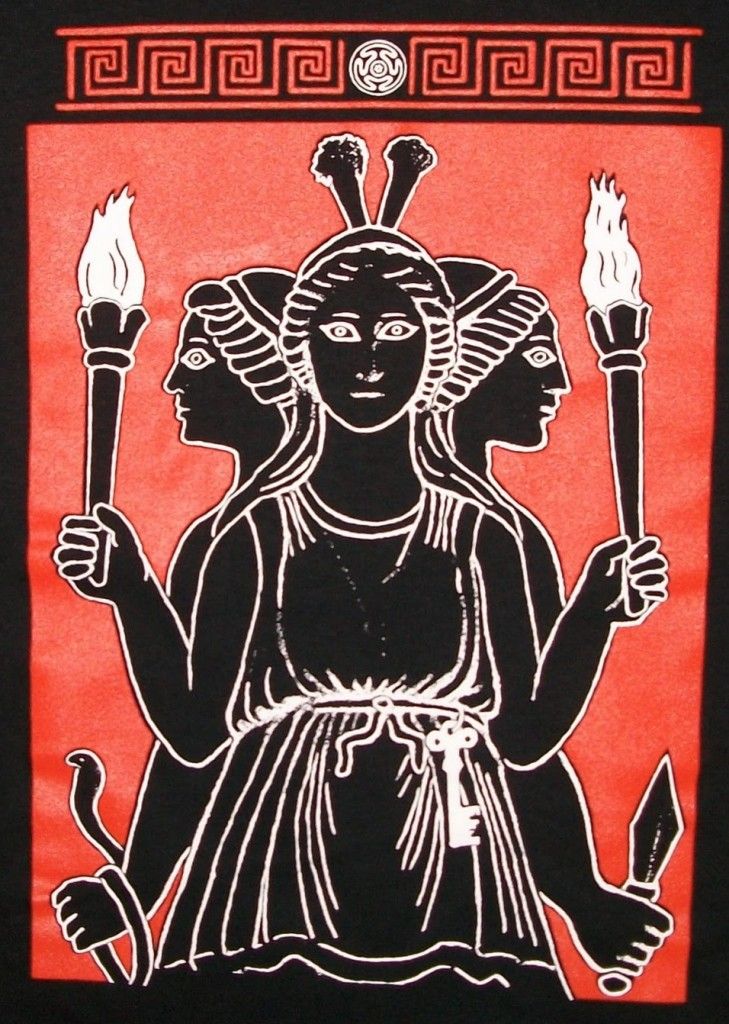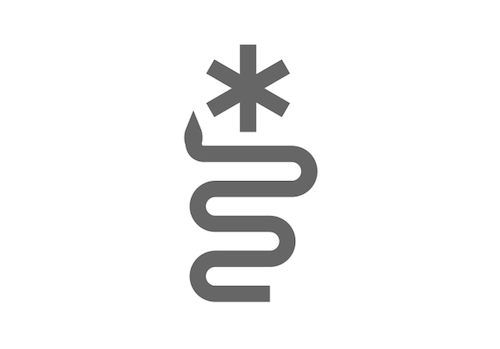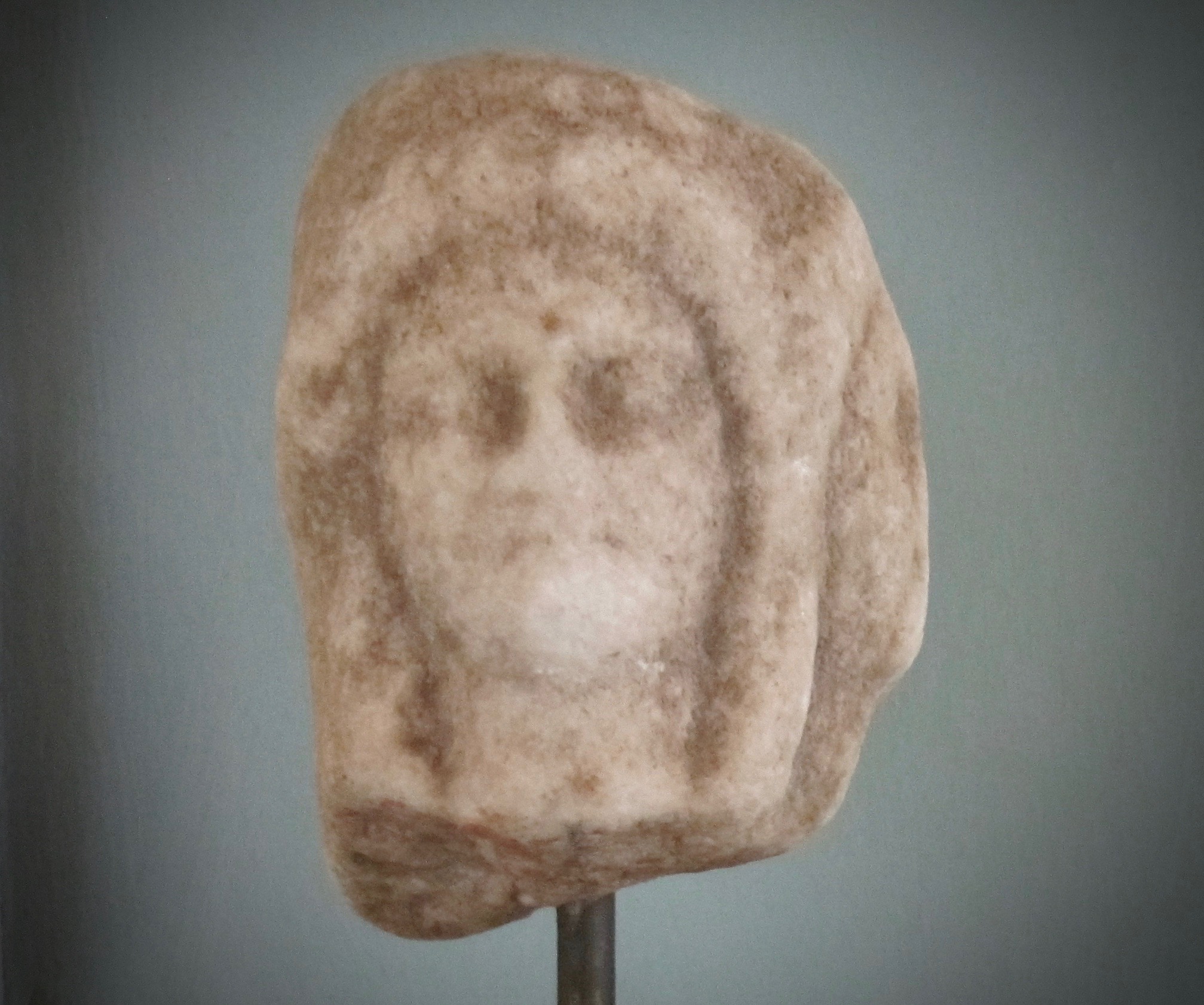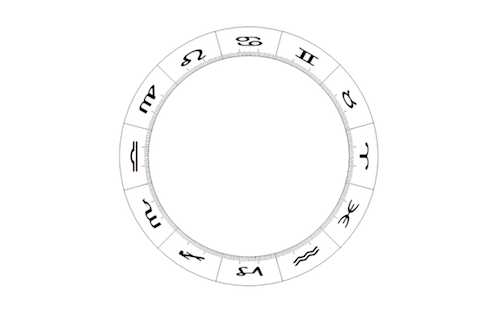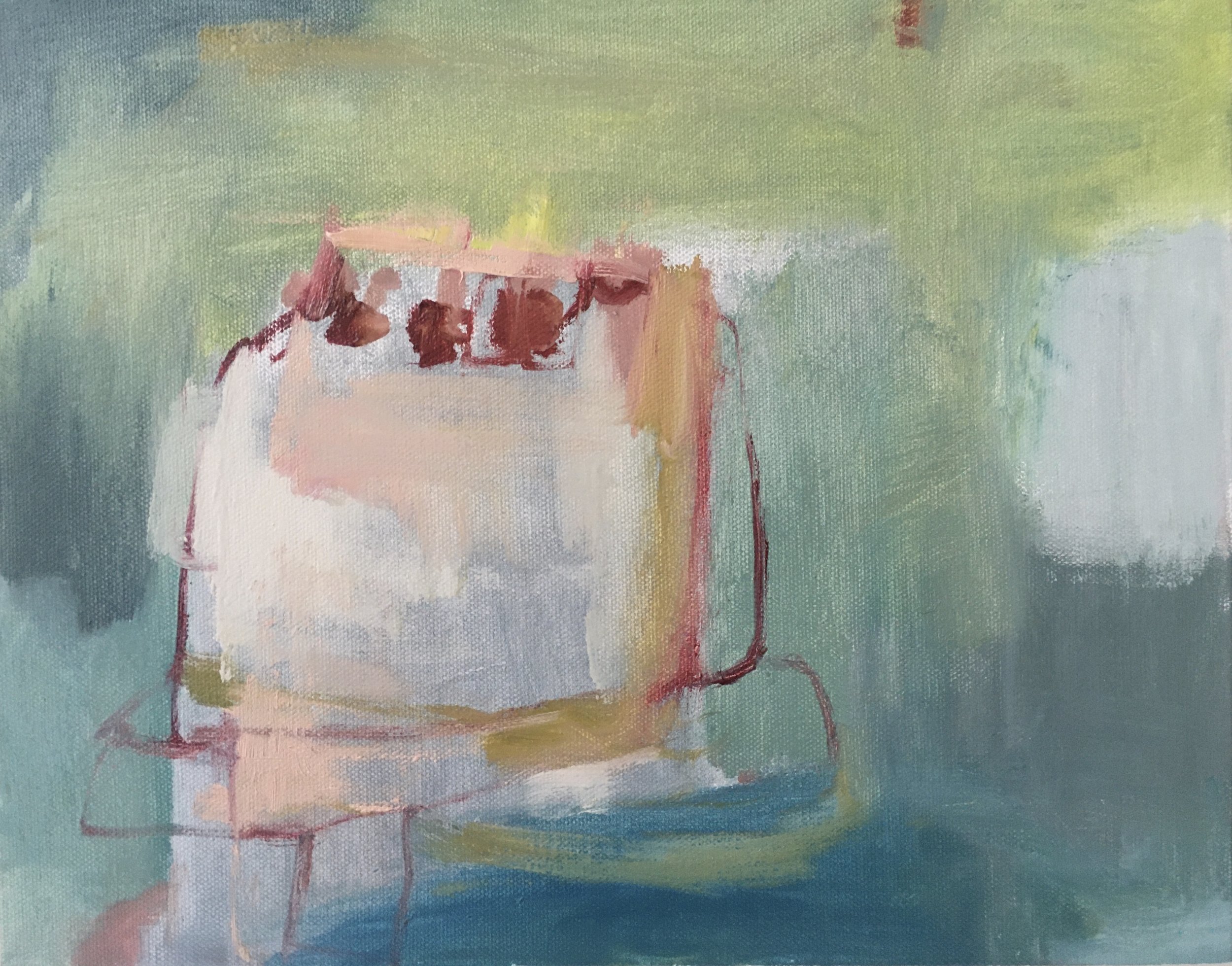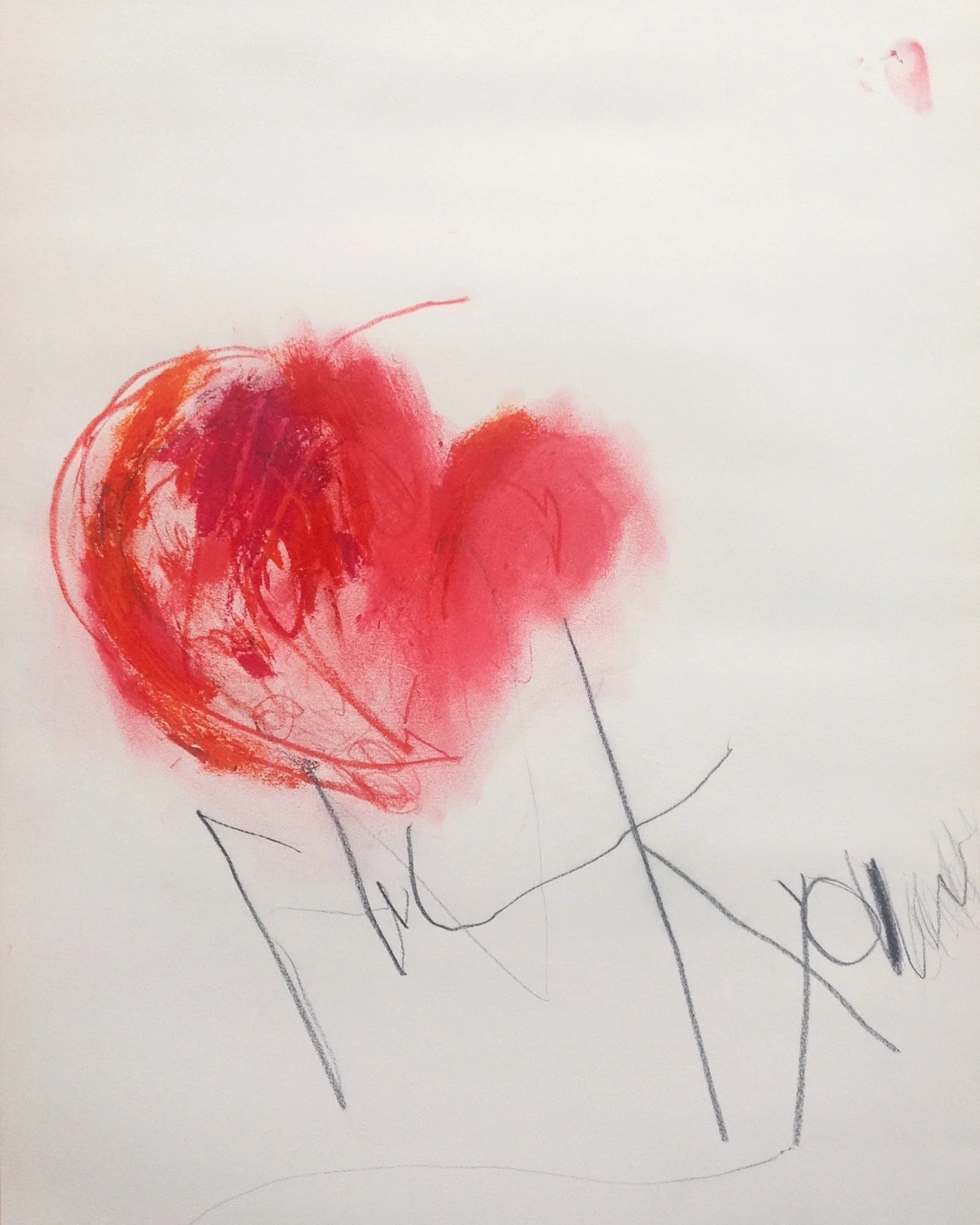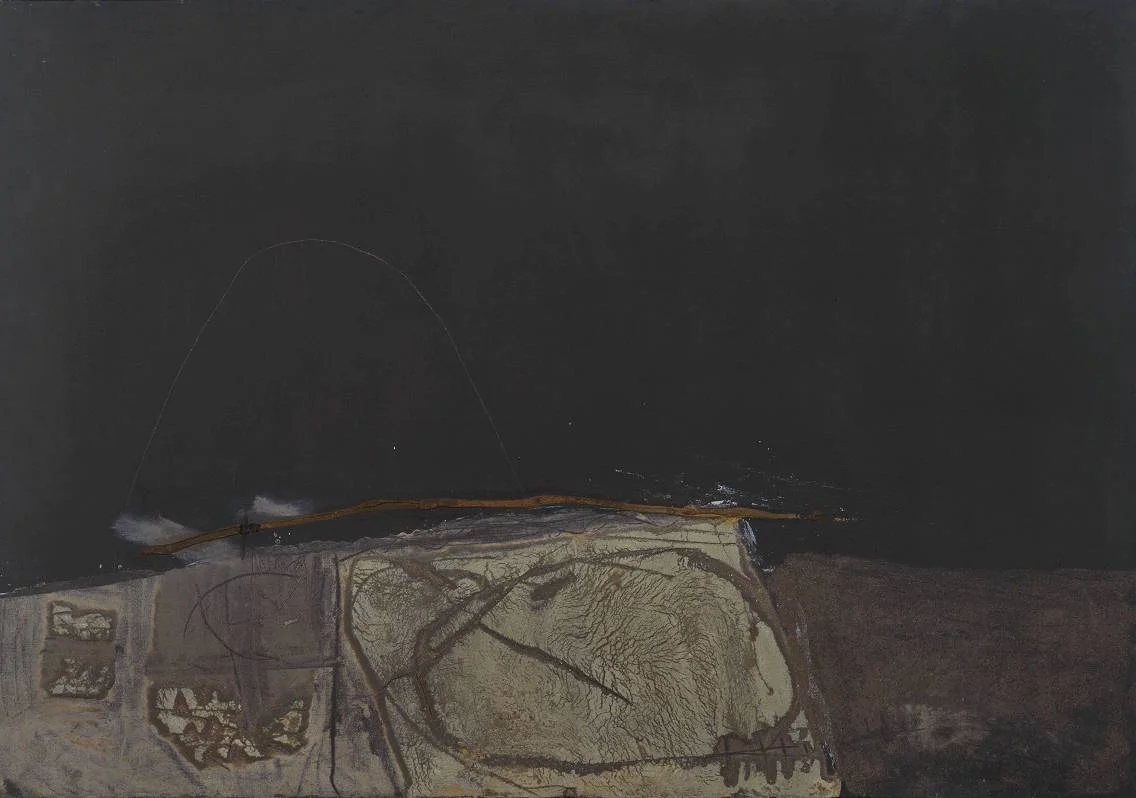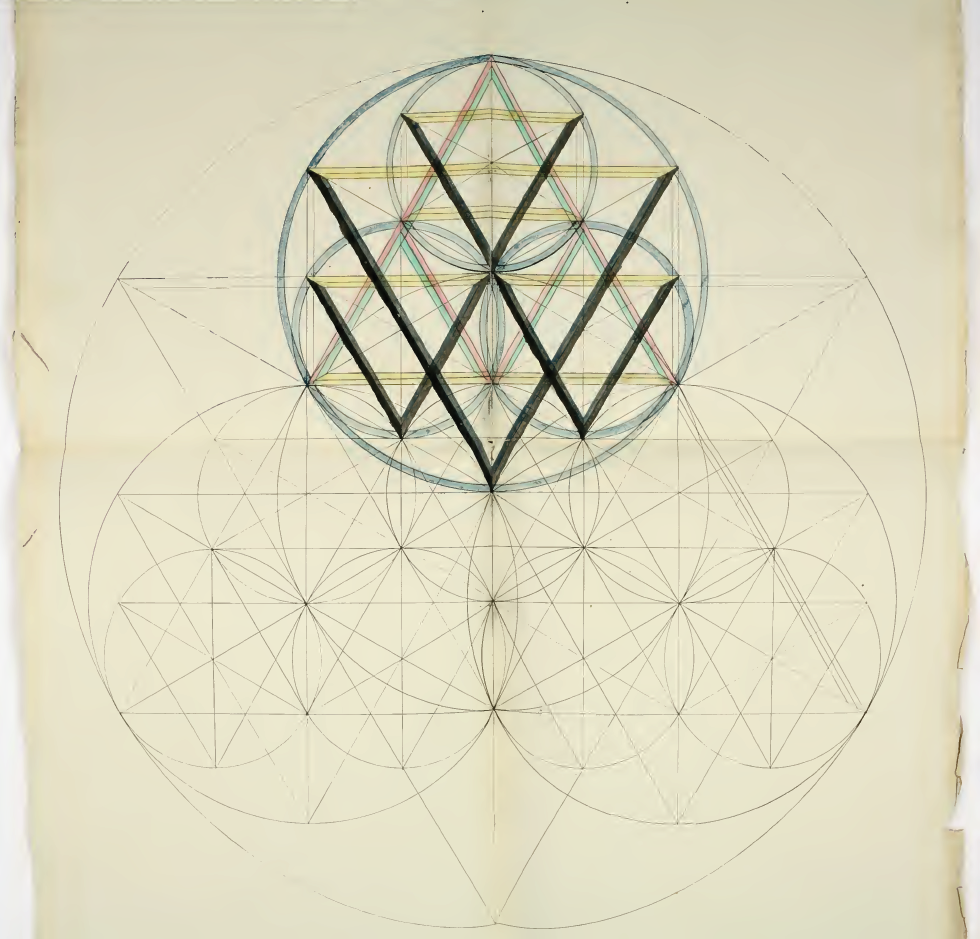ANTISCIA Jan/2015
/Reflections / Shadows / Symmetries = Antiscia
Planets in antiscia and contra-antiscia reflect each other across the cardinal axis. This axis is formed by the four seasonal turning points: the zero degree entry point of each cardinal sign. The cardinal axis is essentially the node of the Sun and is a point we all share. It is the intersection of two Great Circles: the ecliptic, which is the sun's path (i.e., the tropical zodiac), and the earth's equator. Planets connect in antiscia when they reflect or mirror one another across this axis. Like a planetary statement made by two planets in aspect or conjunction, planets in antiscia make a terrestrial (or mundane) statement: a statement for the world which is relevant for everyone. Therefore planets in antiscia can provide insight into the energy of the day, as well as help to enrich your natal and dynamic chart delineations. More on antiscia here...
January consists of mostly lunar antiscia and contra-antiscia links. There are only a handful of planetary connections, all of which occur with Saturn, seemingly apropos given the heavy Capricornian and Aquarian flavor this month.
[click on image to expand]
Venus in the last degrees of Capricorn links to Saturn in the first degrees of Sagittarius
+ on Jan 2, the Moon in Gemini reflects the Sun Pluto conjunction in Capricorn by contra-antiscia
To use the list of antiscia below, simply blend the meanings of planets in combination. For help with interpretation, refer to a book like The Combination of Stellar Influences by Reinhold Ebertin, or an online source like this one by John Sandbach.
- Bold dates indicate a particular planetary expression is exact (within 10 minutes of arc).
- Dates showing one planet indicate its ingress onto the cardinal axis (meaning it's at zero cardinal or fifteen degrees fixed (the midpoint), and ought to feature prominently that day).
- Those with a (c) indicate contra-antiscia - the symmetrical arrangement around the Aries/Libra axis.
DAy IN January + PLANETs in antiscia (PACIFIC standard TIME)
1 Moon Venus (c) afternoon
1 Moon Mercury (c) late afternoon
1, 2, 3 Venus Saturn
2 Moon Pluto (c) afternoon
2 Sun Moon (c) evening
3, 4 Mercury Saturn
3 Moon (0 CAN) 5:08 pm
5, 6 Moon Saturn (c) midnight/early morning
9 Moon N.Node (c) late night
9, 10 Moon Uranus midnight/early morning
11 Moon (0 LIB) 3:57 am
13 Moon Neptune early morning
13 Moon Mars early afternoon
14 Moon Jupiter (c) morning
14 Moon Venus evening/late evening
14 Moon Mercury late evening
15 Venus (15 AQU)
16 Sun Moon early morning
16 Mercury (15 AQU)
16, 17, 18 Sun Saturn
17 Moon Pluto early morning
18 Moon (0 CAP) 4:04 am
19, 20 Moon Saturn midnight/early morning
{20 New Moon}
{21 Moon joins stationary retrograde Mercury}
23 Moon N.Node early morning
23 Moon Uranus (c) morning
24 Moon (0 ARI) 5:31 am
25 Moon Mars (c) early afternoon
25 Moon Neptune (c) night
25, 26 Mercury rx (15 AQU)
26 Moon Venus (c) morning/noon
27 Moon Jupiter early morning
27 Moon Mercury (c) afternoon
27 Sun Moon (c) midnight
29 Moon Pluto (c) night
30 Moon (0 CAN) 11:09 pm
Please contact me with questions - or leave a comment here.


